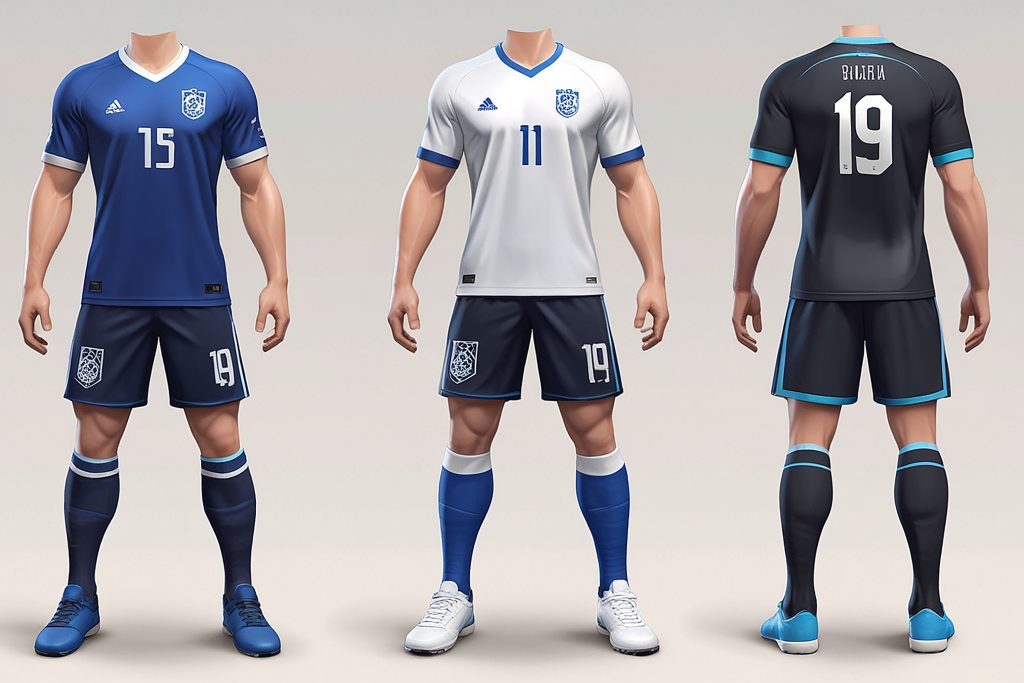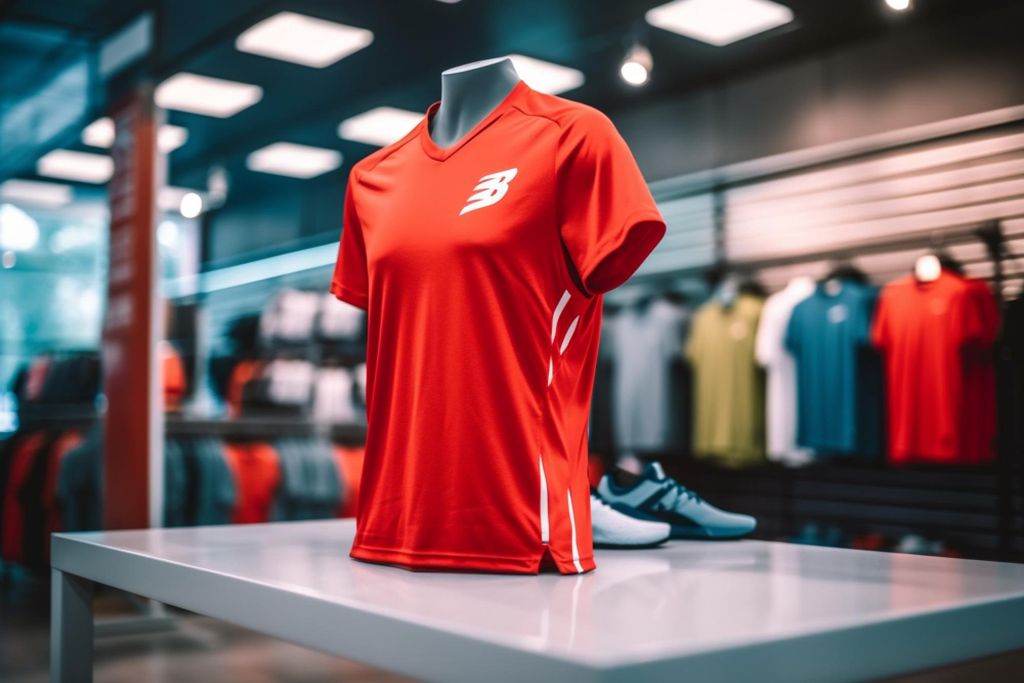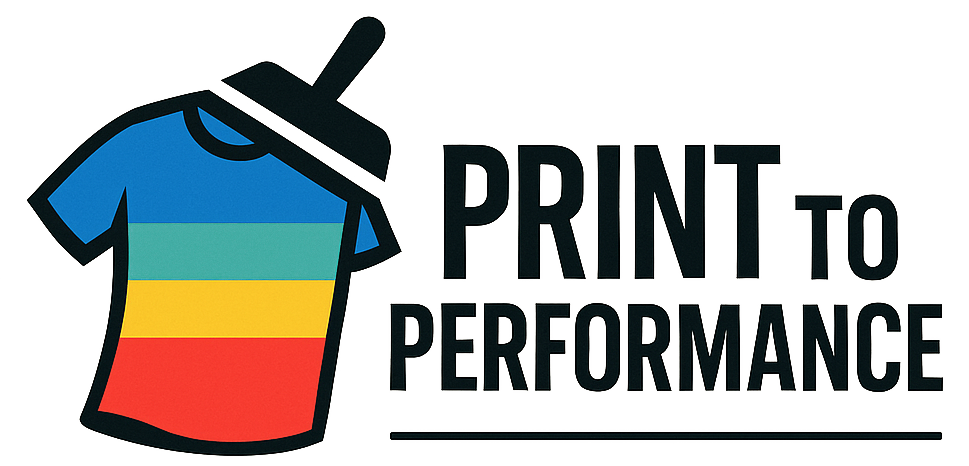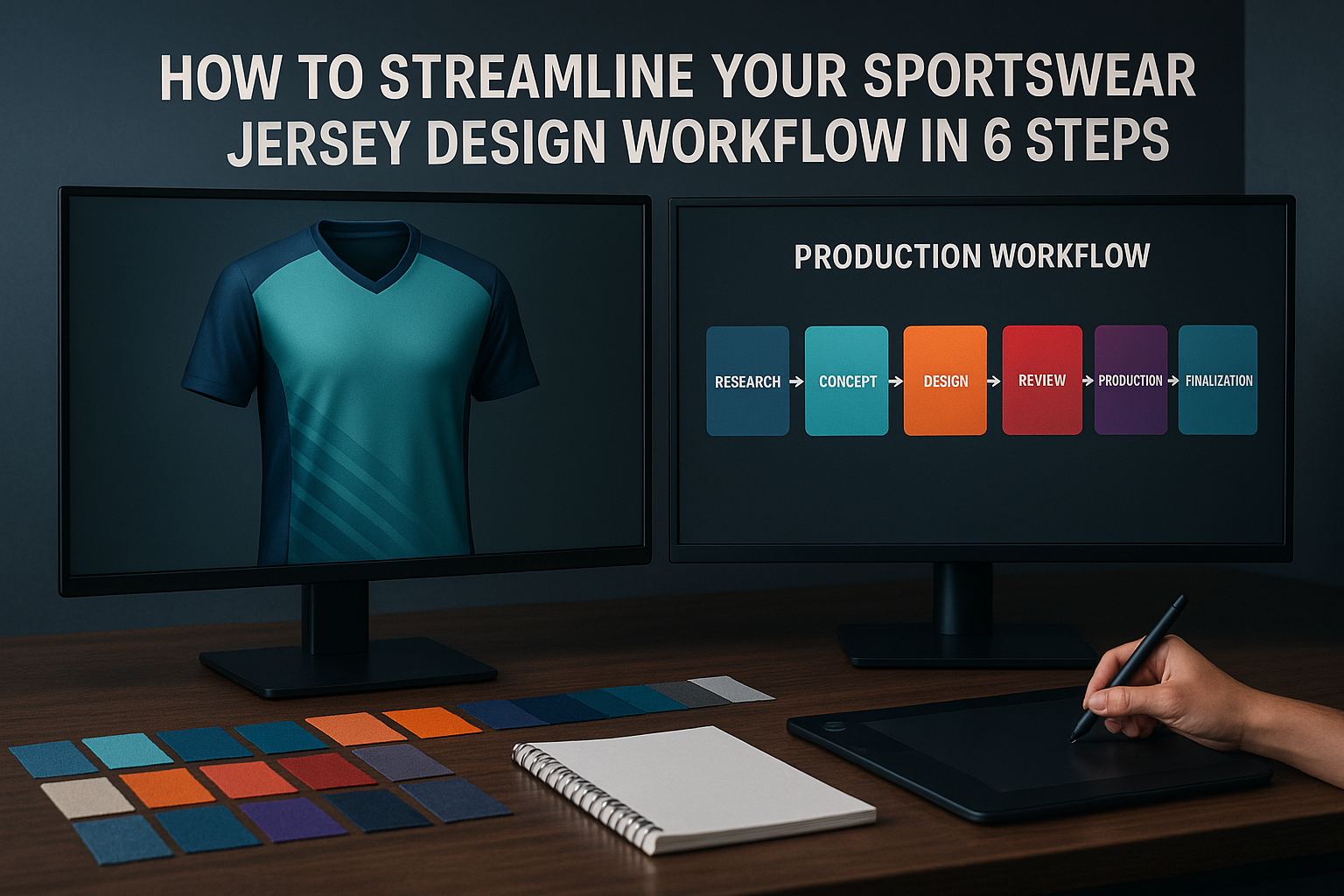How to Streamline Your Sportswear Jersey Design Workflow in 6 Steps
Introduction to Sportswear Jersey Design
Sportswear jersey design can feel overwhelming if you’re juggling everything from fabric choices to printing methods. Luckily, there are clear ways to speed up and improve your process. By breaking down the workflow into key steps, you can save time, reduce mistakes, and end up with a jersey that athletes proudly wear on and off the field.
Whether you design for a small local team or a large athletic brand, you know how important functionality and style are in sportswear jersey design. According to recent data, AI-driven design tools can cut development time in half and reduce design iteration by up to 80%. (gitnux.org)
This shows just how advanced and efficient modern tools have become. In the guide that follows, you’ll learn six straightforward steps to streamline your entire process, helping you merge aesthetics and high performance every time.
Steps in Sportswear Jersey Design
Step 1: Clearly Define Goals and Target Audience
The first step in sportswear jersey design is understanding your goals and the people you’re designing for. Are you looking to create jerseys primarily for performance, style, or a blend of both? Do you aim to highlight eco-friendly materials, or do you need to prioritize cost-effectiveness? Having a clear sense of your objectives will keep every decision focused from start to finish.
• Think about who will wear the jersey. Is it an amateur soccer league, a professional basketball team, or a youth running club? Each group has different needs in terms of fit, durability, and design.
• Research current industry trends. Bold colors, gradient effects, and retro vibes are on the rise. (accio.com) Knowing these trends helps align your design with what’s popular, but also helps you stand out creatively.
Step 2: Conduct Preliminary Research and Gather Resources
Once you’ve nailed down your goals, it’s time to research the technology, materials, and suppliers that can support them. Sublimation printing, for example, is popular for sportswear jersey design because it results in vivid, long-lasting color that won’t crack or peel.
There’s also growing interest in eco-friendly materials, such as recycled polyester and organic cotton, both of which can align with consumer demand for sustainable sportswear.
As you review options, look at leading companies offering software and hardware to improve your workflow. Tools like VStitcher by Browzwear provide 3D visualizations of garment patterns, letting you test fits and color quality digitally before physically printing anything.
(browzwear.com) Meanwhile, digital printers like the Epson SC-F9400 or Brother’s GTX Pro Series give you top-notch printing with high efficiency. (fespa.com) This research phase offers a clear foundation for everything else you do.

Step 3: Develop and Digitize Your Concepts
After determining your goals and exploring your technical options, you’re ready to draft actual designs. Start with hand sketches or digital roughs to capture ideas quickly. Next, bring your favorites to life using 3D design platforms or digital pattern making tools. Advanced solutions like Stylezone by Browzwear let multiple stakeholders review and comment in real time, speeding up approvals and reducing errors. (browzwear.com)
Digitizing concepts is crucial because it lets you catch problems early in the process. According to some estimates, AI-based forecasting can bring demand prediction accuracy up to 85%, improving your supply chain planning. (zipdo.co) In sportswear jersey design, this means you’ll know how many jerseys to produce, which sizes will be popular, and what colorways might do best.
Step 4: Choose the Right Printing Process and Production Workflow
Next comes deciding exactly how your design will be brought to life. From inks and printers to the choice of manufacturer, every element matters. Sublimation printing is often favored for sportswear jersey design due to its high color accuracy and durability on performance fabrics. Direct-to-Film (DTF) printing, offered by companies like M&R through their QUATRO™ system, provides another option for crisp, long-lasting imagery. (fespa.com)
Aligning the right printing technology with your overall supply chain is equally important. Recent data suggests that AI-driven analytics tools have improved logistics efficiency by up to 30%. (zipdo.co) Companies such as Healy Sportswear use big data to optimize shipping routes and inventory planning. (healysport.com) By organizing your supply chain early—selecting trustworthy printers, reliable shipping partners, and well-tested workflow software—production and delivery will run more smoothly.
Step 5: Collaborate with Manufacturers and Test Samples
Communication is vital in sportswear jersey design, especially once you near actual production. Maintaining frequent contact with factories or print service providers reduces errors and ensures everyone is on the same page about fabrics, colors, and deadlines. Platforms like iCreate.Fashion or EarlyVision help streamline these communications, letting designers preview product details with manufacturing teams. (fespa.com)
Of course, running tests is also essential. Order small batches or sample prints first to check color fidelity, seam quality, and overall fit. According to some industry data, AI-powered virtual fitting rooms have reduced product returns by 25%. (gitnux.org) Even so, a physical test is still worth doing. Try the jerseys out in real-world conditions if possible. That way, you can catch issues like chafing, poor ventilation, or color fade before you do a full production run.

Step 6: Finalize and Launch Your Sportswear Jersey Design
After approving final samples, it’s time to produce the entire order and bring your sportswear jersey design to market. This is also a good moment to finalize branding elements like tags, packaging, and any marketing materials you’ll use for promotion. If your designs are eco-friendly, highlight that in your campaign. Eco-friendly production is a fast-growing trend, and many consumers specifically look for sustainable fabrics and methods.
Post-launch, keep collecting data. AI-driven customer insights can increase repeat purchases by 20%. (gitnux.org) Tools like EarlyVision’s Design-to-Production system can help you track how well different designs sell, which colorways are most popular, and what improvements to make in the future. By continually refining your approach, each upcoming sportswear jersey design you create will be even stronger than the last.
Conclusion
Streamlining sportswear jersey design doesn’t mean squashing creativity or compromising on performance—it means finding the most efficient path to produce jerseys athletes will love. Whether you’re defining your goals, diving into 3D design tools like VStitcher, or coordinating with a printing partner that uses advanced DTF methods, each step is an opportunity to refine your process.
Start small by introducing just one or two new tools into your workflow, such as automated logistics via AI-driven analytics or digital pattern making software. Over time, these optimizations add up, letting you create a sportswear jersey design that’s both visually captivating and finely tuned for top performance. With careful planning and modern solutions, you can confidently launch jerseys that resonate with teams, students, and pros alike—making sure your brand stands out every season.

